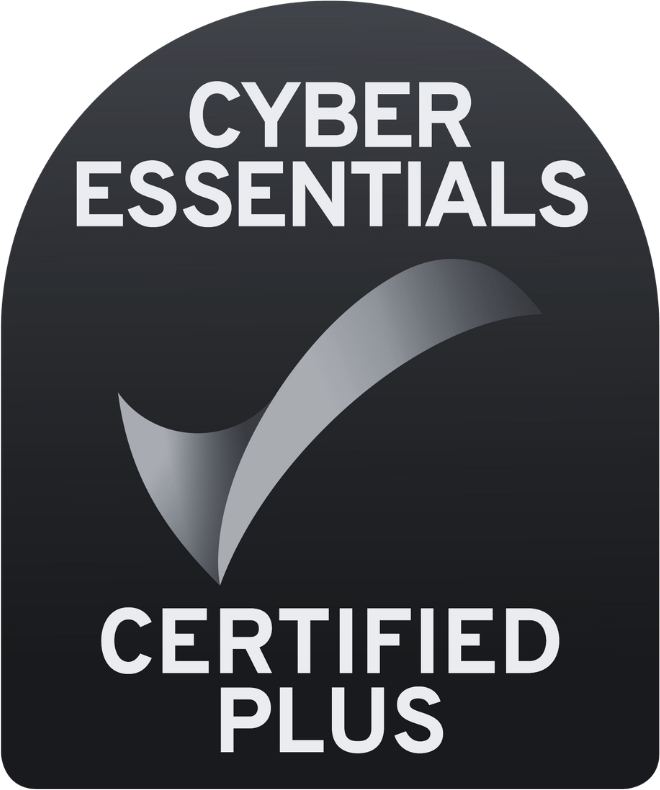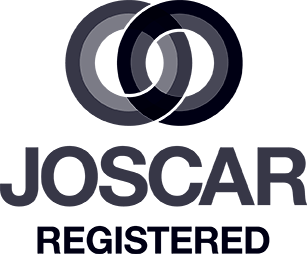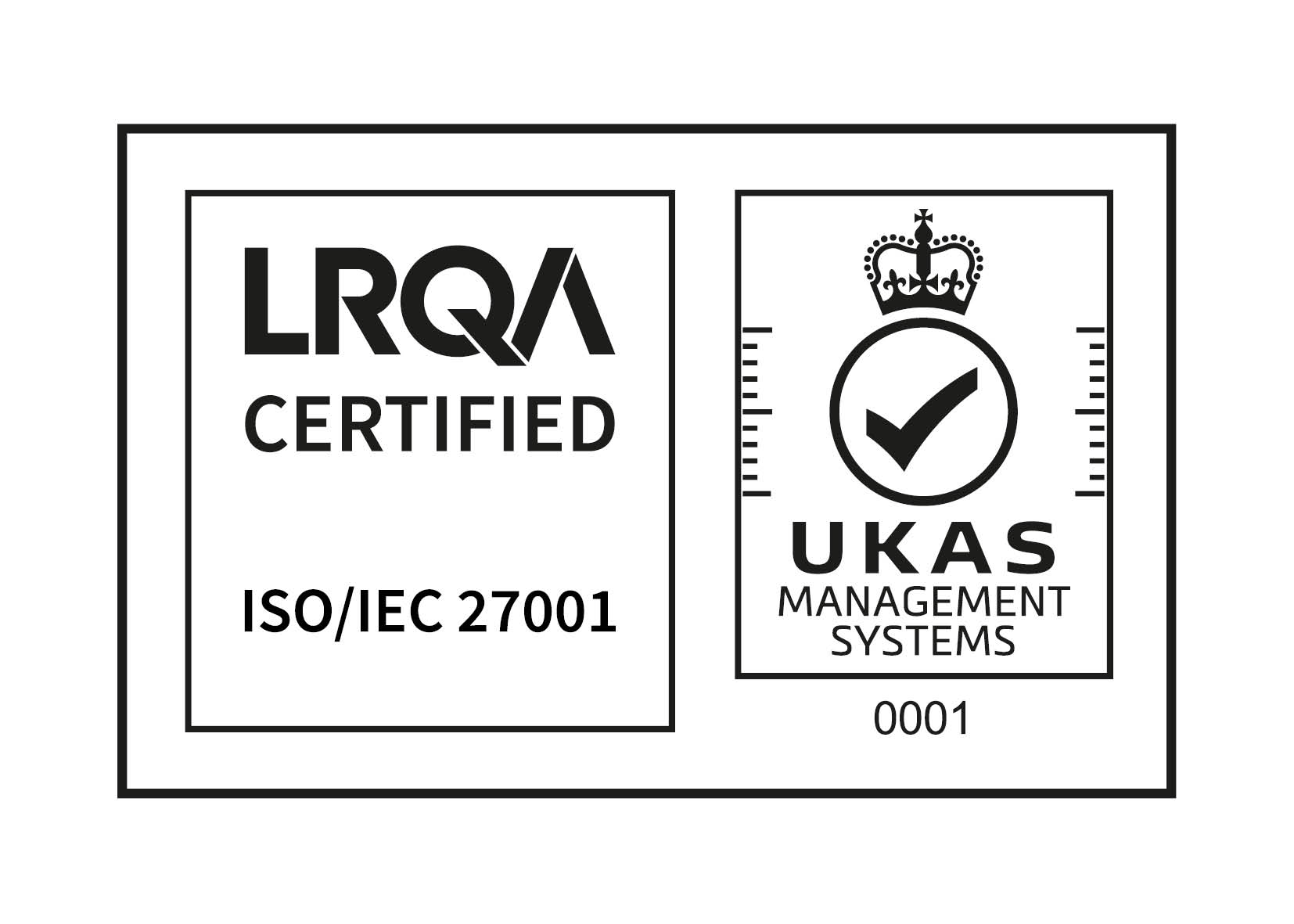The most fun you can have whilst being judged by strangers.
Let me start by saying that this is a misnomer. It’s a Half-day In The Life. A whole day would be intense, inconvenient for attendees, not to mention expensive for Surevine!
I completed my Day In The Life about 8 months ago, and I haven’t stopped talking about it to anyone who will listen. If you’re reading this, stop choosing people by whatever lesser method you’re currently using. Do this instead.
I’ve been a hiring manager before. The only hires I made with 100% confident in were the people I’d already worked with or knew. Everyone else is a gamble. I don’t have superpowers to see how a person will fit with the culture or the team, how well they’ll learn our tech and processes, or how much they’ll be motivated by our mission. Asking them a set of prepared and impromptu questions won’t help much either.
In the years I spent hiring testers, I met people who can act in interviews and crumble when faced with the actual work and I’ve met people who mumble through interviews but can smash through research and delivery tasks like nothing I’ve ever seen. The commonality between these two groups is that neither felt comfortable being themselves during a conversation with Judge Dan – a person with all of the control of the conversation, and who will decide whether you may pass into his protected employment.
Day In The Life Step One: Just Chatting
4 or 5 people spend 45 minutes chatting about who they are, what they do, and how they ended up in this conversation. The applicant’s contribution to this conversation is no different from anyone else’s. Surevine spends almost as long “just chatting” as I used to spend on the entire interview process. Did I mention this stage comes with cake?
The second problem with that format I used to use is that I couldn’t draw any reliable correlation between a candidate’s performance in an hour of Q&A against a team member’s performance in actual, you know, work. Being able to talk about good practices, talk about the theory of your craft, talk about projects you worked on and how, in hindsight, you’d have made different choices – this is nothing compared with having a blank slate on a project and choosing where to start, having three projects and knowing how to prioritise, and being able to appropriately contribute the highest value to your team at any given time.
Day In The Life Step Two & Three: Actual Work
 Well ‘staged’ actual work. The candidate does two activities over a couple of hours, both quite different. Could be a code review, a test planning, a risk assessment on productisation of a previous project, eliciting NFRs. It’s still a team effort – the candidate leads an exploring conversation with the team, or one of the attendees will role-play a CTO who needs some info, or a customer to get info from. By the end of each session, the candidate provided real (simulated) value to their potential team and has been working alongside them.
Well ‘staged’ actual work. The candidate does two activities over a couple of hours, both quite different. Could be a code review, a test planning, a risk assessment on productisation of a previous project, eliciting NFRs. It’s still a team effort – the candidate leads an exploring conversation with the team, or one of the attendees will role-play a CTO who needs some info, or a customer to get info from. By the end of each session, the candidate provided real (simulated) value to their potential team and has been working alongside them.
Of course, no process is perfect. It’s always “good enough right now”, but we learn new things, times change, and the requirements change with them. Compared with our current process, 60 minutes of intimidating Q&A seems really stagnant, but how do we know that our process is still fit for purpose?
Day In The Life Step Four: The Retro
We’re agile. We like agile. We do team retros and project retros. Why not interview retros? The team does a timeline retro, where thoughts about the day are placed by time left-to-right and positivity bottom-to-top, so briefly we can see which elements of the process we’re nailing, and which needs most change. Points we’ve seen in the last few months include whether we should include more actual computing in the interviews and including one or more remote workers to the conversation (seeing as that’s how we work >95% of the time!)
We love this format. I loved this format. I’ve never laughed so much during an interview and loved that I got a real feel for the people I was going to be working with (because, let’s face it, every interview is a 2-way interview, and you want your potential hires to want to work with you). I went back to my then-current employer, handed in my notice, then immediately followed it up with a long conversation about how we’d been using the wrong interview format all along.
.png&w=3840&q=75)




